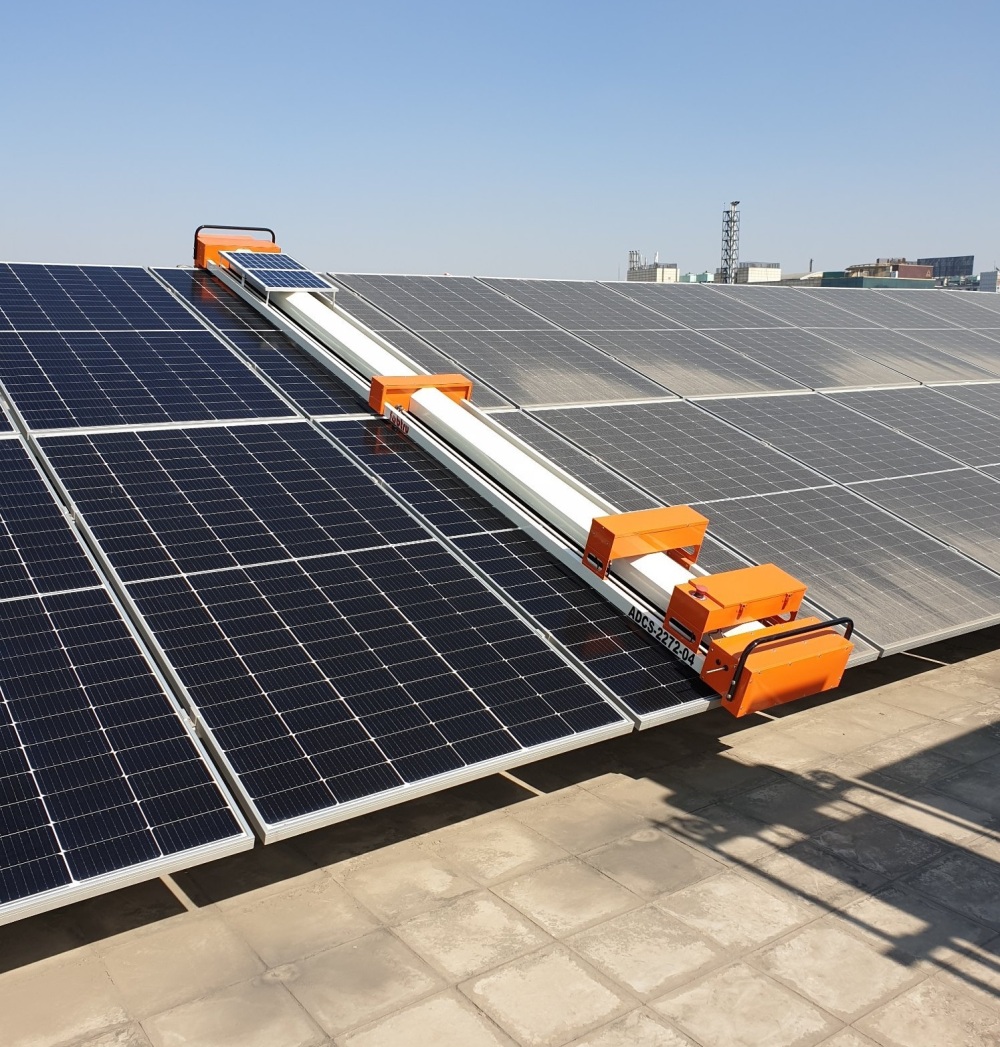
The global market for rheumatoid arthritis treatments is expected to grow at a CAGR of...
Learn More
Our consulting solutions address company specific challenges with respect to micro environment...
Learn More
Organizations frequently need day-today research guidancein order to gain strategic...
Learn More
Exploring different areas of market research and market analysis is a key factor...
Learn MoreAcute Market Reports presents the most extensive global business research services across industries. Our research studies focus on potential outcomes, benefits, and risks associated with each market segment across geographies. Having served our global clients for more than 10 years, our prime priority is to enable our clients in making well-informed business decisions through a data-driven, analytical, and uncomplicated research approach.
We provide access to the world's most comprehensive, analytical, and updated business intelligence services and solutions.




Superabsorbent polymers (SAPs) are a class of synthetic materials known for their exceptional ability to absorb and retain large quantities of water or aqueous solutions. These polymers are used in a wide range of applications where the absorption an...
Read More
The automated solar panel cleaning market is expected to grow at a CAGR of 7.4% during the forecast period of 2025 to 2033. Automated solar panel cleaning market is experiencing rapid growth, driven by the escalating demand for solar energy worldwide...
Read More
The renewable energy integration with the smart grid market is expected to grow at a CAGR of 9.5% during the forecast period of 2025 to 2033, marked by three distinctive drivers that have galvanized the synergy between clean energy and intelligent gr...
Read More




